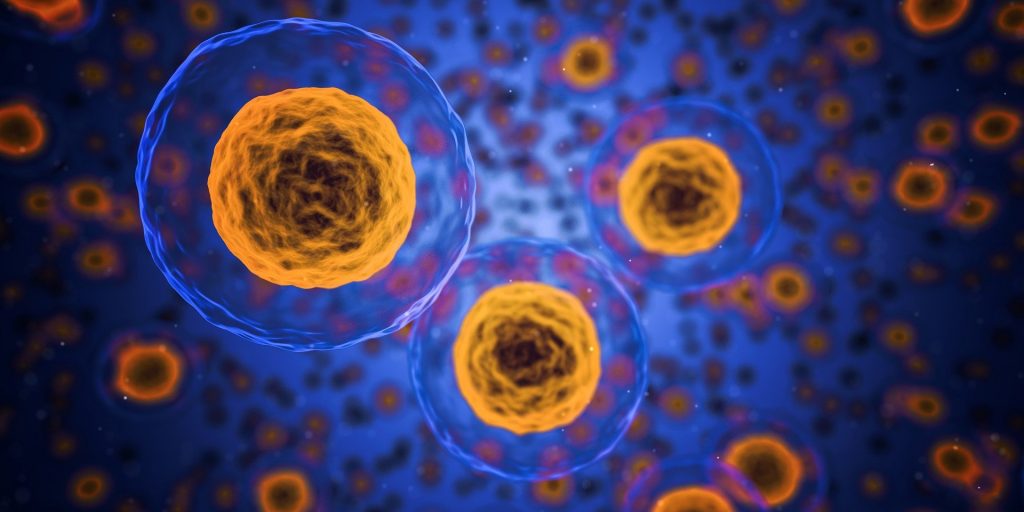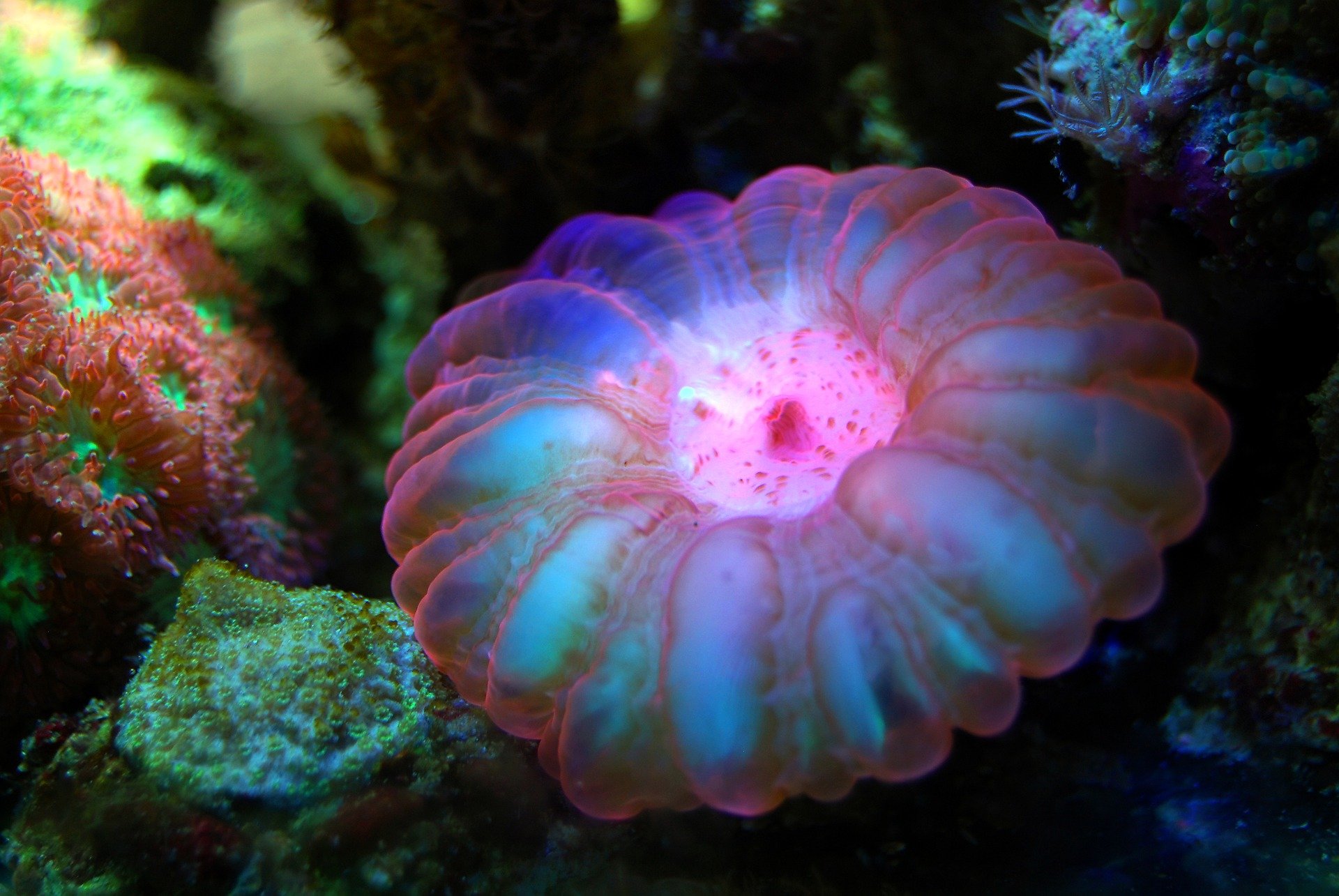Mesmo vivendo em lugares distintos e condições diferentes, os seres vivos possuem algumas semelhanças entre si, o que os fazem serem considerados seres vivos. Essas características são gerais de uma bactéria até o ser humano. A partir de agora, você conhecerá sobre algumas:
- Composição química complexa:
Os seres vivos apresentam composição química complexa, sendo seus principais constituintes os elementos: carbono, hidrogênio, oxigênio, nitrogênio, fósforo e enxofre, constituindo assim, a composição química orgânica com proteínas, carboidratos, vitaminas, lipídios, etc. Além disso existe a composição química inorgânica, que se resume a sais minerais e H2O (água);
- Nutrição:
Os seres vivos podem ser classificados de acordo com a forma de obtenção de seu alimento, sendo os:
Autótrofos, aqueles que produzem o seu próprio alimento;
Heterótrofos, aqueles que NÃO produzem o seu próprio alimento;
- Metabolismo:
São as transformações que acontecem em cada ser vivo; o metabolismo divide-se também em síntese ou decomposição (anabolismo e catabolismo);
- Anabolismo: reação metabólica que produz moléculas complexas a partir de moléculas simples;
- Catabolismo: reação metabolismo que degrada moléculas complexas em moléculas simples.
- Reprodução
Todos os seres vivos podem se reproduzir.A reprodução é importante pois garante a permanência da espécie no planeta. Há 2 tipos de reprodução: sexuada e assexuada.
- Sexuada: envolve gametas.
- Assexuada: não envolve gametas.
- Organização celular
Todos os seres vivos, sem exceção possuem células, uma questão que agrupa os seres é a organização dessas células, podendo ser eucarionte ou procarionte:
- Célula eucarionte: apresentam material genético protegido por uma membrana.
- Célula procarionte: material genético disperso no citoplasma.
- Respiração celular
A respiração celular é o processo em que o corpo adquire energia na presença de oxigênio. Em relação a isso, os seres vivos podem ser:
- Aeróbios: utilizam o gás oxigênio em seu metabolismo;
- Anaeróbios: NÃO utilizam o gás oxigênio em seu metabolismo.
- Reações a estímulos
Todos os seres vivos são capazes de reagir a estímulos, de acordo com o ambiente no qual estão inseridos, com o estímulo, e também com o ser vivo que está sendo estimulado.
- Ciclo de vida
Consiste nas mudanças que um ser vivo passa durante a sua vida, que garantem que ele se mantenha vivo e consiga se reproduzir. São classificados como:
- Ciclo de vida simples: onde um indivíduo apresenta alta similaridade física e comportamental com seus descendentes;
- Ciclo de vida complexo: onde os seres passam por grandes mudanças durante suas fases de vida, o habitat em que estão sendo um importante fator nessas mudanças.

Living Things
Even living in different places and in differentes conditions, all the living things have some similarities to each other, what makes them living things. These characteristics are general from a bacterium to humans. From now, you’ll know about a few:
- Complex chemical composition:
Living things have complex chemical composition. Its main constituents are the following elements:carbon, hydrogen, oxygen, nitrogen, phosphorus and sulfur, constituting the organic chemical composition with proteins, carbohydrates, vitamins, lipids, etc. In addition there is the inorganic chemical composition, which comes down to mineral salts and H2O (water);
- Nutrition
The living things can be classified according to the way to obtain your food, being the:
- Autotrophs, those who produce their own food;
- Throphobes, those who DO NOT produce their own food;
- Metabolism
It is the transformations that happen in every living things; metabolism is also divided into synthesis or decomposition (anabolism and catabolism);
- Anabolism: metabolic reaction that produces complex molecules from simple molecules;
- Catabolism: metabolism reaction that degrades complex molecules into simple molecules.
- Reproduction
All living things can reproduce. Reproduction is important because it guarantees the permanence of the species on the planet. There are 2 types of reproduction: sexual and asexual.
- Sexual: involves gametes
- Asexual: does not involve gametes
- Cellular organization
All living things, without exception, have cells, a question that groups the beings is the organization of these cells, and may be eukaryote or prokaryote.
- Eukaryotic cell: present genetic material protected by a membrane;
- Prokaryotic cell: genetic material dispersed in the cytoplasm.
- Cellular respiration
Cellular respiration is the process in which the body acquires energy in the presence of oxygen. In relation to this, living beings can be:
- Aerobics: use oxygen gas in their metabolism;
- Anaerobes: DO NOT use oxygen gas in your metabolism.
- Reaction to stimulus
All living beings are able to react to stimulus, according to the environment in which they are inserted, with the stimulus, and also with the living being that is being stimulated.
- Cycle of life
It consists of the changes that a living being goes through during its life, which ensures that it stays alive and reproduces. They are classified as:
- Simple life cycle: when individuals show a high similarity in their stages of life, usually the change happens only on their body size, growing from a juvenile to an adult, their life cycle is considered as simple.
- Complex life cycle: an individual’s life cycle can be classified as complex when between their stages of life drastic changes occur in their morphology, body size, diet and habitat.
Autores: Luisa Gobbo Wambier, Luiza Wolanski Nascimento, Manuella Louize Pasturczak Schade e Maria Eduarda Travensoli Motter.
Fonte das imagens:
https://pixabay.com/pt/photos/coral-recife-mar-subaqu%C3%A1tica-%C3%A1gua-2637020/ Acesso: 26 de maio de 2021
https://pixabay.com/pt/illustrations/c%C3%A9lulas-humano-m%C3%A9dica-biologia-1872666/ Acesso: 26 de maio de 2021

